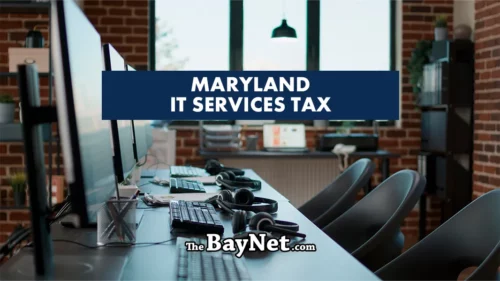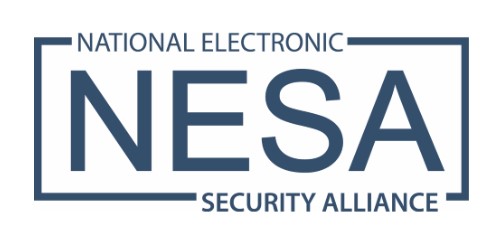
6.5.25 – Baynet – Lexington Park, Md.
Business leaders, defense contractors, and elected officials gathered at the St. Mary’s County Chamber of Commerce on May 29 to unpack the implications of Maryland’s controversial new 3% sales and use tax on information technology (IT) and digital services.
The tax, scheduled to take effect July 1, 2025, has drawn strong criticism from stakeholders who say it was rushed through Annapolis in the final days of the legislative session and could cause widespread confusion and economic disruption.
Hosted by Delegates Brian Crosby and Todd Morgan, the town hall-style forum was marked by frustration, concern, and pointed questions from dozens of business owners and federal contractors. The central issue stems from Maryland’s mandate to tax services defined under North American Industry Classification System (NAICS) codes in sectors 518, 519, and 5415—categories that include custom software development, IT consulting, cloud computing, and systems design.
Attendees argued that the law’s definitions are vague and open to interpretation, leaving companies unsure whether their services fall within taxable categories. Several speakers raised concerns about subcontractors being forced to absorb the 3% tax on long-term Department of Defense contracts that lack pricing flexibility.
“If you’re the sub, you’re going to eat the tax. If you’re the prime, you’re exempt,” one delegate explained.

A particularly confusing provision requires businesses to self-assess whether their services qualify for taxation under the listed NAICS codes. “Why am I going to self-report to you so I can pay more taxes out of my bottom line?” one business owner asked. Questions also arose around how enforcement will work—especially in complex federal contract structures where accountability for tax collection and remittance remains unclear.
Delegate Crosby, who co-hosted the event, said the measure was finalized behind closed doors in the final days of budget negotiations. He noted that the law disproportionately impacts small businesses and rural communities, while certain economic development zones offer carve-outs that largely benefit major corporations.
Panelists emphasized that the law is based not on where a company is headquartered or billed, but where services are delivered. “You can’t just partner with a Virginia company, because that service is still going to be rendered in a Maryland [jurisdiction],” one delegate said.
Further complicating matters, formal guidance from the Maryland Comptroller’s Office remains incomplete. Emergency regulations are expected to be released in late June—just days before the tax takes effect.
Contractors and small business owners expressed concern that the tax could drive up operational costs, reduce competitiveness, and create new barriers to entry, particularly in DOD-heavy regions like Southern Maryland. Others warned it could prompt companies to relocate or restructure partnerships to avoid Maryland’s tax jurisdiction.
“This is like a $5 billion tax. I mean, just doing back-of-the-envelope math, it is a multi, multi, multi-billion dollar tax,” one speaker warned. “But it’s so big, it’s not going to capture anything.”
The Maryland Chamber of Commerce and several industry groups continue to push for repeal or significant revisions. For now, companies are bracing for what many describe as a legislative blindside—one that could ripple across the very sectors Maryland says it aims to grow.
